Watercolour is notorious for being difficult to control.
If you add too much water, your paints look dull and the paper buckles. If you add too little water, the paint doesn’t lay down properly.
So what’s the solution?
To learn the correct paint to water ratio, you must master water control. To do this, practice value scales and washes to develop a better understanding of the correct balance between water and pigment. Painting with good-quality watercolour brushes will help you achieve this goal more easily.
So, keep reading to discover the top 3 watercolour secrets that will help you paint with greater accuracy and less frustration.
Table of Contents
What is Water Control in Relation to Watercolour?
Water control is the ability to mix watercolour paint and water effectively in order to lay down pigment in a controlled manner.
As such, water control is a crucial technique that all watercolourists must learn in order to paint skillfully and effectively.
However, often enough, watercolour beginners struggle when learning how to paint with watercolours because they are not achieving a balance between the paint to water ratio.
For example, common mistakes include:
- Using too much water, which dilutes the paint or warps the paper
- Applying too little water, so the painter ends up using watercolours like acrylics
- Not understanding when to add more or less paint or water
For these reasons, it’s important for watercolourists to devote time to regular practice so they can understand how much water to use in their watercolour paintings.
Also, since gouache is similar to watercolours, the tips and tricks mentioned in this article can also be used as guidelines when painting with gouache.
Secret #1: How Do You Dilute Watercolour Paint?
In order to learn how to control the paint to water ratio, you must first identify where the water is coming from. It can come from:
- A wet paintbrush
- The mixing palette
- The wettened paper
Once you have identified where the water is coming from, it becomes easier to understand how much water to use.
For example, if you’re applying the dry brush technique, you already know that the paintbrush needs to be fairly dry in order to achieve the right texture.
Many aspiring artists buy into the misconception that watercolour is hard. Really, it’s not. The secret is you just need to learn how to control the paint to water ratio.
So, naturally, here’s a question I’ve heard from a lot of watercolourists, “How much water do I mix with watercolour?”
I cannot give you an exact answer because it all depends on the quality of your paints and brushes, as well as the techniques you’re applying to your painting.
The watercolour paint to water ratio can be tricky to perfect, especially for beginners. So here are a few tips to help you better control the ratio:
- Apply the water lightly to the paper to create an even glossy sheen. If you create a bead or pool, you’ve added too much water
- If you’ve applied too much water to the paper, soak up the excess water with a tissue or paper towel
- Mix your pigments on a porcelain palette or plate because the paint will mix optimally with the water (as opposed to using plastic palettes or plates)
Getting a feel for the right amount of paint and water will take time. So experiment with different ratios such as 50:50 and 80:20 to determine what works best for you.
Related: If you would like some hands-on practice to help you develop your water control skills, then check out this easy watercolour warmups tutorial.
Secret #2: Value Scales & Washes
Alright, here’s the single best piece of advice I can give to you as someone who wants to improve their water control:
Practice creating value scales over and over until you master flawless transitions between the pigment values.
Wait, hold up! What’s a value scale?
A value scale shows all the possible values of a colour ranging from the lightest shades to the darkest shades.
Practicing value scales is incredibly useful when learning watercolour for the first time because it forces you to focus on maintaining good water control.
And when you focus on learning how to control watercolour, you will also develop the skills to balance the paint to water ratio properly.
How to Practice Value Scales
Here are 2 rules of thumb to remember when creating value scales:
- Adding more water lightens the pigment
- Adding more pigment darkens the colour
Now, follow these steps to learn how to practice value scales:
- Draw a rectangular box on your watercolour paper
- Divide the rectangle into 5 – 7 individual squares or units
- Start with the lightest wash of the colour you’ve chosen
- Paint the first square on the scale. This will be your lightest value
- Add just a tiny bit of pigment to the mixture. Then paint the second box on the scale. It should be slightly darker than the first box
- Repeat the steps for every box until there are no more boxes left
At the end of the scale will be your darkest value. When you’re done, you should be able to observe a consistent transition in the values of the pigment.
Practice this technique until you become well acquainted with the paint to water ratio that you’re using to create the scale.
Note: Check out this monochrome watercolour painting tutorial for more information on creating value scales and tonal gradients.
How to Practice Washes
Another way to practice water control is to create a bunch of flat washes.
A flat wash is a simple wash that lays down an even layer of pigment. The consistency should be the same with no lighter or darker areas.
This technique is good to practice because it helps you maintain the same level of water and consistency throughout the entire wash.
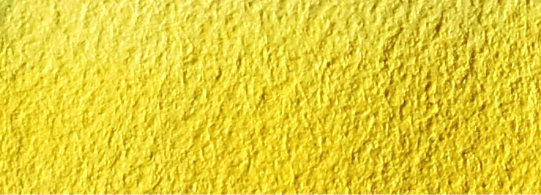
Another wash you can practice is a grade wash.
A graded wash transitions from light to dark or dark to light.
Similar to the value scale, the graded wash helps you learn how to transition flawlessly between the values of your paints.
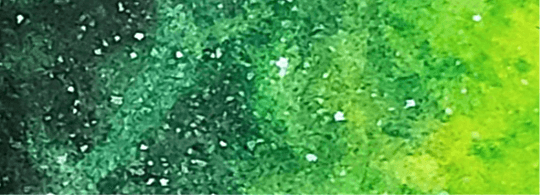
Note: This watercolour technique works really well when creating beautiful transitions in sunset and step-by-step night sky painting tutorial.
Secret #3: Watercolour Brushes
As a watercolourist, you need to be painting with good brushes because they will make the painting process easier for you.
And, by extension, water control will be much easier to achieve if you’re painting with thirsty brushes that hold a lot of water and pigment.
For this reason, I recommend that you invest in real animal fur brushes or brushes that contain a blend of real and synthetic bristles.
Why, you might be wondering?
Because synthetic brushes, although very affordable, really don’t hold that much water and pigment in the bristles.
As a consequence, you’ll have to constantly reload your brush while you’re painting. It’ll become more difficult to paint even layers when you have to constantly reload your brush.
On the other hand, real or blended hair brushes can hold a lot more water and pigment, which makes it easier for you to create smooth and consistent transitions over larger spaces.
Note: If you’d like to explore a list that recommends affordable good-quality supplies as well as more expensive high-quality supplies, check out this article which details my favourite watercolour supplies.
Useful Watercolour Techniques
If you haven’t already read my post about common watercolour techniques everyone should know, take a few minutes to have a look at it.
Doing so will give you extra information about different kinds of techniques and how to apply them to a watercolour painting.
Assuming you already know these basics, continue reading.
Lifting Technique
So, one useful technique that can help you understand how much water to use in watercolour painting is the lifting technique.
The lifting technique is when you use a relatively dry brush to soak up pigment and water from the paper.
Doing this will create a light brushstroke on the paper. It’s useful for picking up excess water or paint if you’ve used too much of either.
If done correctly, you can add nice effects and textures to your painting such as cloudy streaks in skies or lighter waves in an ocean.
Lightening and Darkening Pigment
Beginners often make mistakes when painting with watercolours. And one of the most common mistakes is not knowing how to lighten and darken colours properly.
If you want to lighten colours, do the following:
- Test your paint on a piece of paper
- If the consistency is too dark, add a little bit of water to the mixture
- Swatch the colour on the paper again and add more water until you achieve your desired lightness
As you can see, you don’t need to add white paint to the mix, as some beginners think.
On the other hand, if you want to darken colours, do the following:
- Test your paint on a piece of paper
- If the consistency is too light, add a little bit of paint to the mixture
- Swatch the colour on the paper and keep adding a little more pigment until the mixture darkens to your desired shade
Conclusion
All in all, mastering water control takes time and patience.
But if you consistently create your value scales and practice flat and graded washes, you’ll master the paint to water ratio in no time!
It just takes consistent practice and a willingness to learn.
Also, keep in mind that these watercolour tips and tricks work when painting with watercolour paint tubes as well as with watercolour pans (also known as cakes).
So as long as you apply these techniques well, they will work for any watercolour medium.
Now it’s your turn!
Have you mastered water control and the paint to water ratio? Share your experience in the comments below!
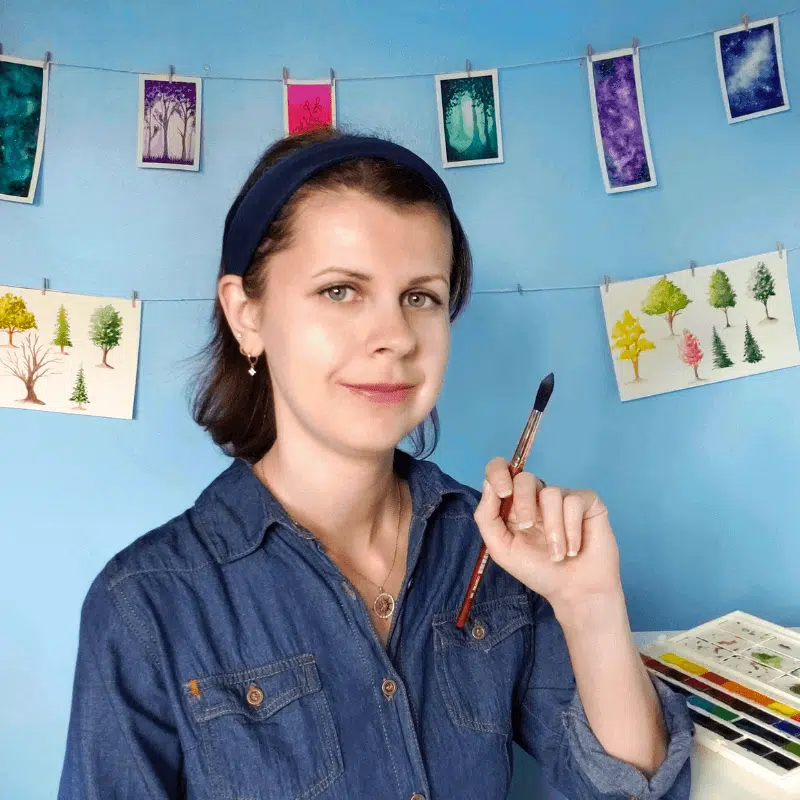
Miranda Balogh
Artist & Online Educator



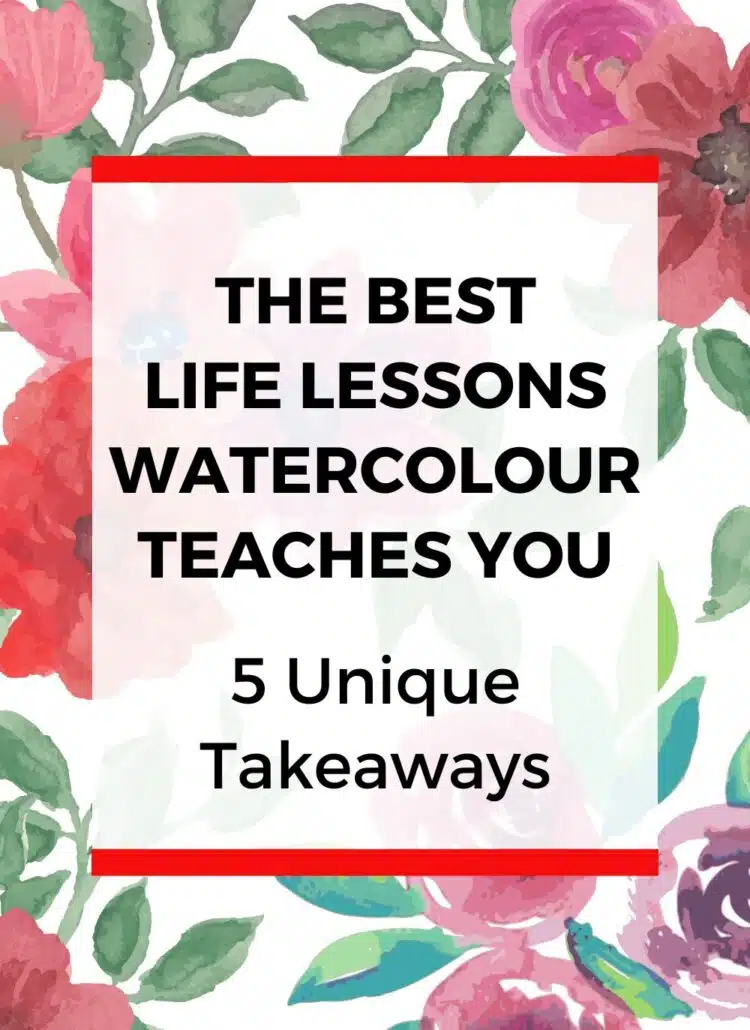
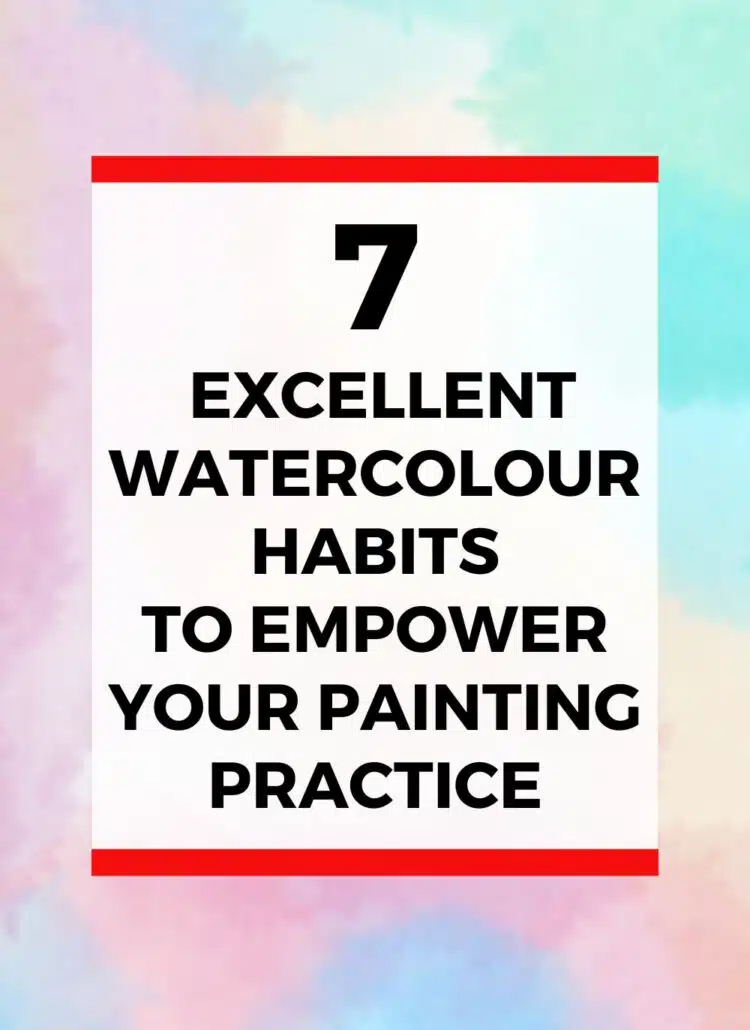

Thank you for such a great post. Have been trying to improve my watercolour work and this will help massively!
Hurray, I’m glad this article has helped you! Good luck improving your watercolour artwork. You got this!
Thank you for sharing this post! Watercolor is beautiful and I’ve always wished I could do it well. I may try again today with these tips!
You’re welcome! Definitely give watercolour painting a try again whenever you have the time. It’s so relaxing, and the artwork you make feels quite rewarding. Thank you for sharing your thoughts!
Didnt know so much of thinking is goes behind behind an drawing ! neverthelesss learned something new today about water control ..havent touched a water colour set in like so long
must give it a try since now we have a bit of time on our hands.
Thanks for sharing !
If you have some free time, take out your old watercolour paints and play around with the techniques you’ve learned today. I’m sure you’ll have fun!
Such a great and comprehensive post! I have dabbled in watercolour for years and have never quite mastered finding the perfect water balance. This will definitely be helpful! Thank you for sharing!
You’re welcome! It can definitely take a while to figure out the best paint to water ratio. But once you start to get the hang of it, water control becomes easier and easier. Thank you for sharing your experience!
I like to paint using watercolours once in a way but I had never really thought of shading using watercolours. You’ve inspired me to try.
I’m glad that this article has inspired you to try new things with your watercolours!
Great content Miranda! 🙂
Thank you!
Wow! Thanks for the great tips! I was painting today with acrylic and I kept getting too much water,,, should have read this before painting! Thanks!
You’re welcome! It’s great to see that these paint to water ratio tips can also apply to acrylic painting.
I really needed help with brushes. Thank you so much!!
You’re welcome! I’m glad I could help.
Lots of good pointers here. We used watercolors quite a bit during art class in school and yes, they were often too diluted with water and produced very faint colors when applied to paper. Our teacher should have done a better job getting the proper mixture/ratio!
Yeah, I remember having a similar experience with my high school art class. At least we now have resources such as the Internet that can help us improve our skills. Thanks for sharing your story!
Great tips! A very informative and well organized post! Thanks for sharing!
Thank you! I’m glad you found this article helpful.
I’ll definitely have to share these types with my daughter. She loves to paint and would love to experiment.
That sounds awesome! I hope she finds these watercolour tips useful.
I love this
Thanks! I’m glad you enjoyed it.
Great tips! I’ve sent the link to your post to the artists in my family; I’m sure it would be helpful!
Awesome, thank you so much! I hope they find these watercolour tips useful.
What a welcome bit of inspiration amid a sludge pile of unwanted email. I’m giving myself permission to spend the rest of the day trying out some of your many ideas.
Thank you! I hope your day went well.
I have just subscribed to your you tube classes. This article on water to paint ratio is where I need to begin. I am having so much trouble aging control of my paint. Thank you. I will keep and re read this many times on my new venture into this new world called art
Thank you! I’m glad you found this article helpful.
As well, welcome to the wonderful world of watercolour painting. I hope you enjoy it!
Very informative tips. Your post has allayed my fears of watercolor painting. I now feel I can handle it, thanks to you!
Hurray, I’m so glad to hear that! Overcoming your fears and limiting beliefs is the first step. The next step is to enjoy creating watercolour paintings. Good luck!